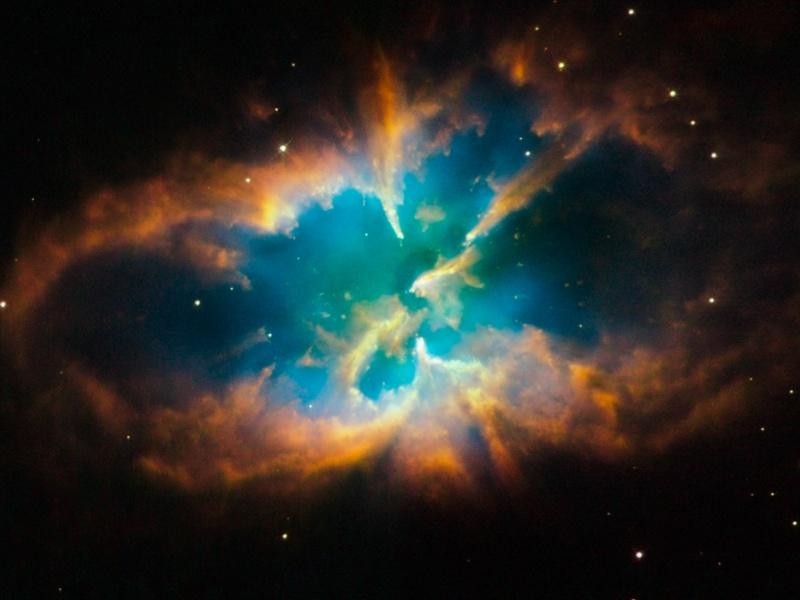A German Startup has secured millions in funding to develop a fusion energy machine that could potentially generate energy free of carbon emissions.
The Munich-based startup Proxima Fusion designs fusion power plants based on the stellarator concept, with the first plant planned for sometime within the 2030s, the company said in a May 30 press release (pdf). Stellarator is one of the technologies that experts believe could lead to real-world fusion power. The firm has raised seven million euros ($7.48 million) as pre-seed funding.





